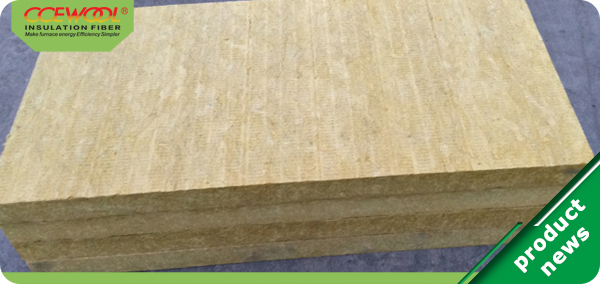In the ongoing pursuit of sustainable construction materials, the question of whether stone wool is environmentally friendly has become a focal point. This article aims to delve into the environmental aspects of stone wool, exploring its production processes, key characteristics, and overall impact on the environment.

Production Process:
Stone wool, a type of mineral wool, is primarily manufactured from natural basalt rock and recycled steel slag. The production process involves melting these raw materials at high temperatures, followed by fiberization to create the wool-like material. Several factors contribute to the environmental friendliness of stone wool:
1. Use of Abundant Natural Resources:
Basalt, the main component of stone wool, is an abundant and widely available volcanic rock. This minimizes the environmental impact associated with the extraction of raw materials, as basalt is naturally occurring and does not require extensive mining.
2. Recycled Content:
The inclusion of recycled steel slag in the production process adds an element of sustainability to stone wool. By utilizing a byproduct of the steel industry, the material contributes to recycling efforts and reduces the environmental burden associated with industrial waste.
Key Environmental Characteristics:
Examining the specific features of stone wool sheds light on its environmental friendliness:
1. Incombustibility:
Stone wool is inherently non-combustible, providing fire resistance without the need for additional chemical treatments. This characteristic enhances the safety of buildings and reduces the environmental impact associated with fire-related incidents.
2. Durability and Longevity:
Stone wool is known for its durability and longevity. Buildings insulated with stone wool can benefit from extended service life, reducing the need for frequent replacements and, consequently, minimizing resource consumption and waste generation.
3. Thermal Insulation Properties:
The excellent thermal insulation properties of stone wool contribute to energy efficiency in buildings. Improved insulation reduces the reliance on heating and cooling systems, resulting in lower energy consumption and a reduced carbon footprint.
Environmental Impact Assessment:
While stone wool demonstrates several eco-friendly attributes, it is crucial to acknowledge that the production process, like any industrial process, has associated environmental impacts. These may include energy consumption during manufacturing and transportation emissions. However, advancements in technology and sustainability practices aim to mitigate these impacts continually.
Conclusion:
In conclusion,
stone wool presents itself as an environmentally friendly insulation material due to its use of abundant natural resources, recycled content, and various eco-conscious characteristics. As the construction industry places a growing emphasis on sustainability, stone wool stands out as a viable and responsible choice for environmentally conscious builders and homeowners.



